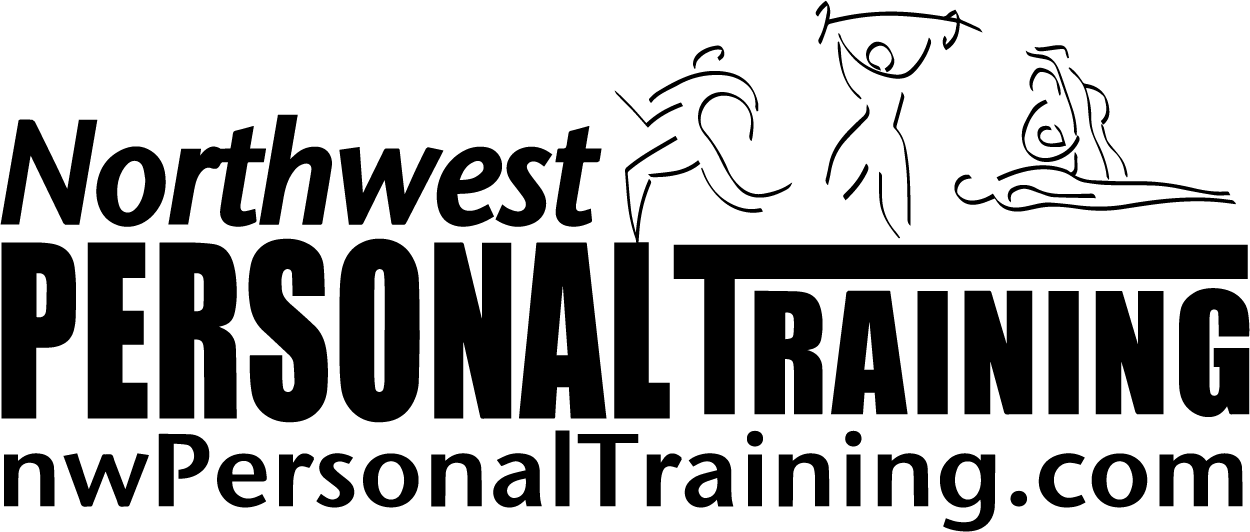 With the recent fires in the Gorge and throughout the Northwest, it feels like we are surrounded by smoke and fires. Many have questioned whether it’s still okay to exercise outdoors with smoke in the air.
With the recent fires in the Gorge and throughout the Northwest, it feels like we are surrounded by smoke and fires. Many have questioned whether it’s still okay to exercise outdoors with smoke in the air.
The Environmental Proection Agency (EPA) has created the Air Quality Index (AQI) to answer that question. This index can tell us how clean or polluted our air is, and what associated health effects might be a concern. It measures particles in the air, carbon monoxide, sulfur dioxide, nitrogen dioxide and ground level ozone.
AQI is measured from 0 to 500, with the higher the AQI number, the greater the level of air pollution and greater health concerns.
Don’t forget to sign up to automatically receive my latest blog post in your inbox!
Right at the top of the page.
The AQI provides the following classifications:
- “Good” AQI is 0 to 50. Air quality is considered satisfactory, and air pollution poses little or no risk.
- “Moderate” AQI is 51 to 100. Air quality is acceptable; however, for some pollutants there may be a moderate health concern for a very small number of people. For example, people who are unusually sensitive to ozone may experience respiratory symptoms.
- “Unhealthy for Sensitive Groups” AQI is 101 to 150. Although general public is not likely to be affected at this AQI range, people with lung disease, older adults and children are at a greater risk from exposure to ozone, whereas persons with heart and lung disease, older adults and children are at greater risk from the presence of particles in the air.
- “Unhealthy” AQI is 151 to 200. Everyone may begin to experience some adverse health effects, and members of the sensitive groups may experience more serious effects.
- “Very Unhealthy” AQI is 201 to 300. This would trigger a health alert signifying that everyone may experience more serious health effects.
- “Hazardous” AQI greater than 300. This would trigger a health warnings of emergency conditions. The entire population is more likely to be affected.
In the Northwest, as I write this column, we are at the “Unhealthy” or “Unhealthy for Sensitive Groups” level. If you generally exercise outdoors, what are your options so you don’t risk the health of your lungs and respiratory system and avoid getting out of your workout routine? Plus many of us need an outlet to help deal with the sadness and anger that we feel with the tragedy all around.
Options:
Surgical Masks
- Some outdoor enthusiasts have been using surgical or similar type masks while outdoors. While these will protect against large particles, they do not protect against the smaller particles and/or gasses in the air. Masks with a rating of N95 or N100 are typically tight enough and provide a good seal to protect against large and small particles, however are often uncomfortable making it difficult to exercise. A mask may be a solution for short-term exposure, however, you would still want to avoid extended and vigorous exercise while outdoors even when wearing them.
Indoor Versions
- Instead of road or trail running, opt for the treadmill. Instead of road or mountain biking, opt for a cycle class. Instead of a hike, opt for a Stairclimber. Instead of walking, opt for the elliptical.
Group Classes
- Use the time as an opportunity to try a Barre, Bootcamp, Cycle, Rowing, Yoga, or Muscle Conditioning class. At our downtown studio, we are offering Free classes to anyone looking for some options during the fires until we can all safely enjoy the outdoors again. Call us at 360.574.7292 for a schedule.
DVDS/On Demand Exercise
- Take a class from the comfort of your living room by popping in a DVD or On Demand workout option.
Travel
- If you are training for an important race and you need to get your training session in, perhaps taking a drive to the Coast or to an area where the air quality is better would be an option for you. We obviously can’t do that for every workout, but for an important training session this might be more appealing.
Set a Challenge and HELP!
- If you are looking for a way to help, perhaps set a challenge for yourself that will help those in need while helping you stick with your routine. For example, you could set a goal that for every mile you run on a treadmill, or bike or row indoors throughout the month of September, you will donate a $1 to the American Red Cross or to the organizations that will help rebuild our beautiful Gorge. Or for every workout you do this month, you will donate $5 to help.
Note: if you are outdoors, and your notice your eyes are itchy and burning, your throat is scratchy and find yourself coughing and/or wheezing, these are signs that your body is struggling with the pollution. Get indoors quickly! And clearly, those with allergies, asthma and other respiratory/health issues, should take more precautions and be more conservative with their outdoor exposure.
Stay safe and be sure to thank a Fire Fighter!
Yours in health & fitness,
Sherri McMillan

Join us for the….
Girlfriends Run for a Cure Half & Quarter Marathon October 15th, 2017 in Vancouver, WA.
Recruit your best girlfriends and help raise funds for Breast Cancer Treatment, Research & a Cure!

